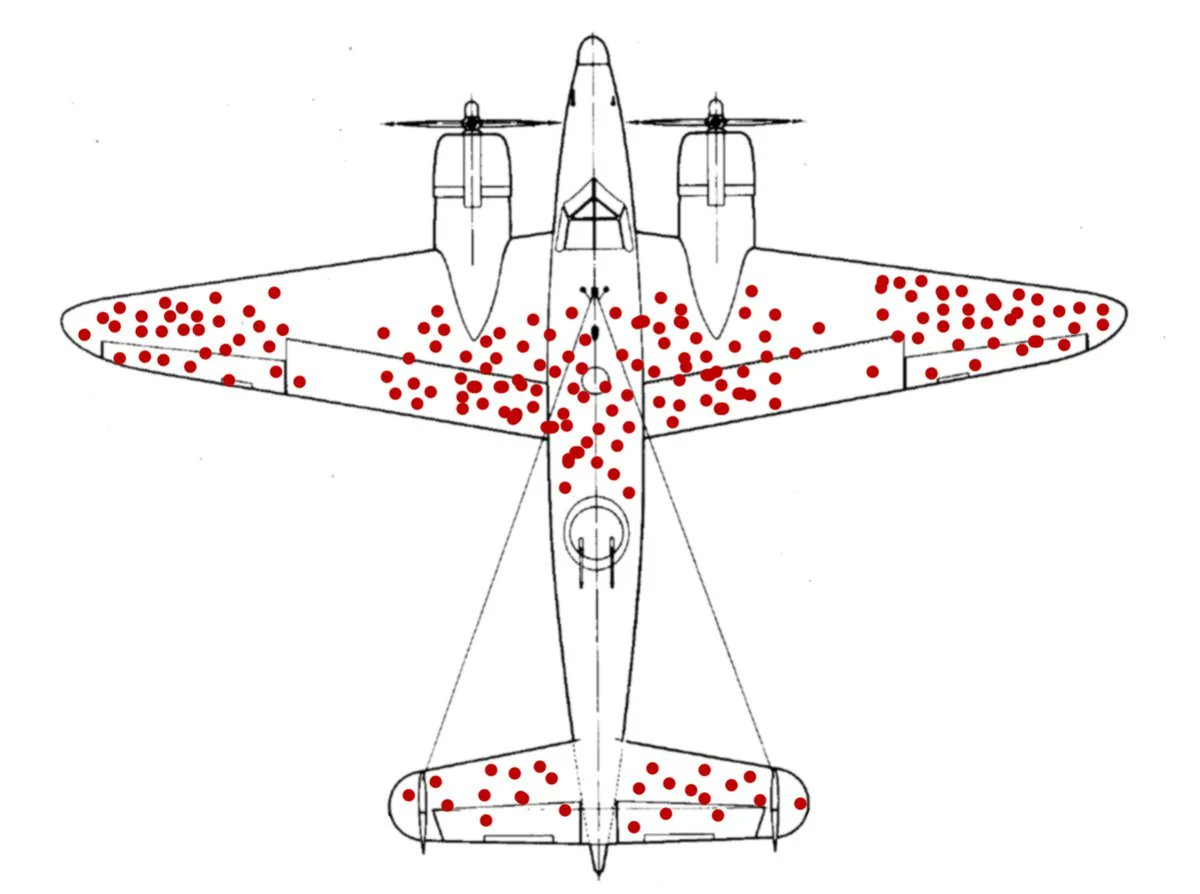
Curious about @slatestarcodex, but don't know where to start?
A little while ago a friend asked me to make a list of my favorite posts. So here's a beginner's guide: jasoncrawford.org/guide-to-scott…
A little while ago a friend asked me to make a list of my favorite posts. So here's a beginner's guide: jasoncrawford.org/guide-to-scott…
What is @slatestarcodex about?
Like many great blogs, not any one thing: it’s the eclectic interests of a unique individual with a broad intellectual appetite.
He says he tends to focus on “reasoning, science, psychiatry, medicine, ethics, genetics, AI, economics and politics.”
Like many great blogs, not any one thing: it’s the eclectic interests of a unique individual with a broad intellectual appetite.
He says he tends to focus on “reasoning, science, psychiatry, medicine, ethics, genetics, AI, economics and politics.”
What makes it so good? I tried to explain it here:
https://twitter.com/jasoncrawford/status/1352511030794936321
There isn’t any one place to start with @slatestarcodex. Here are some favorites by category. Just pick a subject you’re interested in and start reading. See the full post for more: jasoncrawford.org/guide-to-scott…
EPISTEMOLOGY AND RATIONALISM
“Beware The Man Of One Study.” It’s easy to go wrong looking at a single scientific study.
slatestarcodex.com/2014/12/12/bew…
“Beware The Man Of One Study.” It’s easy to go wrong looking at a single scientific study.
slatestarcodex.com/2014/12/12/bew…
DISCUSSION AND ARGUMENT
“Beware Isolated Demands For Rigor.” On applying epistemological rigor in a biased way, demanding higher standards to justify ideas you don’t like.
slatestarcodex.com/2014/08/14/bew…
“Beware Isolated Demands For Rigor.” On applying epistemological rigor in a biased way, demanding higher standards to justify ideas you don’t like.
slatestarcodex.com/2014/08/14/bew…
SCIENCE
“The Control Group Is Out Of Control.” The replication crisis in science; why science is hard; parapsychology as “the control group for science.”
slatestarcodex.com/2014/04/28/the…
“The Control Group Is Out Of Control.” The replication crisis in science; why science is hard; parapsychology as “the control group for science.”
slatestarcodex.com/2014/04/28/the…
PSYCHOLOGY
“Book Review: All Therapy Books.” General lampooning of therapy books.
slatestarcodex.com/2019/11/20/boo…
“Book Review: All Therapy Books.” General lampooning of therapy books.
slatestarcodex.com/2019/11/20/boo…
NEUROSCIENCE
“Guyenet (@whsource) On Motivation.” The structure of the brain’s decision-making apparatus.
slatestarcodex.com/2018/02/07/guy…
“Guyenet (@whsource) On Motivation.” The structure of the brain’s decision-making apparatus.
slatestarcodex.com/2018/02/07/guy…
PROGRESS
“Is Science Slowing Down?” A response to an economics paper claiming that “ideas are getting harder to find,” arguing that “constant progress in science in response to exponential increases in inputs ought to be our null hypothesis.”
slatestarcodex.com/2018/11/26/is-…
“Is Science Slowing Down?” A response to an economics paper claiming that “ideas are getting harder to find,” arguing that “constant progress in science in response to exponential increases in inputs ought to be our null hypothesis.”
slatestarcodex.com/2018/11/26/is-…
HISTORY
“Were There Dark Ages?” Defending the concept of the “Dark Ages” from a variety of attacks.
slatestarcodex.com/2017/10/15/wer…
“Were There Dark Ages?” Defending the concept of the “Dark Ages” from a variety of attacks.
slatestarcodex.com/2017/10/15/wer…
POLITICS
“California, Water You Doing?” The first Scott Alexander post I ever read. A good example of how to analyze a politically charged issue and actually understand a current topic.
slatestarcodex.com/2015/05/11/cal…
“California, Water You Doing?” The first Scott Alexander post I ever read. A good example of how to analyze a politically charged issue and actually understand a current topic.
slatestarcodex.com/2015/05/11/cal…
ECONOMICS
“Reverse Voxsplaining: Drugs vs. Chairs.” A rebuttal to a @voxdotcom story claiming that free markets are responsible for the high preice of EpiPens.
slatestarcodex.com/2016/08/29/rev…
“Reverse Voxsplaining: Drugs vs. Chairs.” A rebuttal to a @voxdotcom story claiming that free markets are responsible for the high preice of EpiPens.
slatestarcodex.com/2016/08/29/rev…
MEDIA
“A Failure, But Not Of Prediction.” What exactly the media got wrong about covid.
slatestarcodex.com/2020/04/14/a-f…
“A Failure, But Not Of Prediction.” What exactly the media got wrong about covid.
slatestarcodex.com/2020/04/14/a-f…
CULTURE
“Is Everything A Religion?” It’s easy to point at any philosophy or community and call it a “religion”; how seriously should we take this?
slatestarcodex.com/2015/03/25/is-…
“Is Everything A Religion?” It’s easy to point at any philosophy or community and call it a “religion”; how seriously should we take this?
slatestarcodex.com/2015/03/25/is-…
BOOK REVIEWS
“Book Review: Against The Grain.” “If, as Samuel Johnson claimed, ‘The Devil was the first Whig’, Against the Grain argues that wheat was the first High Modernist.”
slatestarcodex.com/2019/10/14/boo…
“Book Review: Against The Grain.” “If, as Samuel Johnson claimed, ‘The Devil was the first Whig’, Against the Grain argues that wheat was the first High Modernist.”
slatestarcodex.com/2019/10/14/boo…
“The Parable Of The Talents.” “Rabbi Zusya once said that when he died, he wasn’t worried that God would ask him ‘Why weren’t you Moses?’ or ‘Why weren’t you Solomon?’ But he did worry that God might ask ‘Why weren’t you Rabbi Zusya?’”
slatestarcodex.com/2015/01/31/the…
slatestarcodex.com/2015/01/31/the…
“Lizardman’s Constant Is 4%.” Don’t trust poll results showing that a small percent of people have crazy beliefs. This one is insightful & hilarious; I read most of it out loud to @dacattac over dinner one night and had a hard time keeping a straight face
slatestarcodex.com/2013/04/12/noi…
slatestarcodex.com/2013/04/12/noi…
If you like those, there are about 3x as many links in the full post: jasoncrawford.org/guide-to-scott…
• • •
Missing some Tweet in this thread? You can try to
force a refresh







